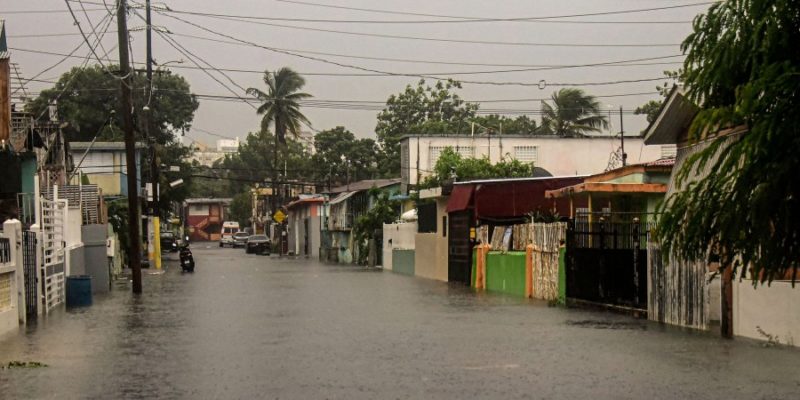In recent years, U.S. companies diverted more and more of their manufacturing to Puerto Rico. The choice remains solid, as long as your supply lines can handle the whipsaw of unpredictable weather.
On Sunday afternoon, Hurricane Fiona knocked out the power for 1.3 million residents on the island, according to PowerOutage.US, a tracker that collects data on power failures. Internet outages across the island also spiked as the power went out. The storm comes about five years after Hurricane Maria slammed into the island, killing almost 3,000 people and wiping out the island’s power grid.
“Our grid may be functional, but it’s fragile,” Sergio Marxuach, policy director at the Center for a New Economy, a Puerto Rico-based nonpartisan think tank, told NBC news yesterday. The slightest storm winds can easily result in nearly 500,000 homes losing power. Additionally, LUMA Energy, the private company that handles the transmission and distribution of electricity in Puerto Rico, stated that full power restoration could take days.
“The damages that we are seeing are catastrophic,” Pedro Pierluisi, the Governor of Puerto Rico told the Associated Press on Sunday.
Not including the human toll of such a power loss, significant rainfall, and other issues arising from the natural disaster, the business interruption is nothing if not significant. Many roads have been left impassable due to downed trees and mudslides, and torrential rain has submerged cars, essentially eliminating any possible transfer of goods for businesses. The scale of the damage may be even worse for companies that have recently moved their operations to the island, as they likely still in the process of moving production. And for those that are still considering re-shoring to the U.S. by way of Puerto Rico, the news may give you pause.
You have to take into account whether a move is justified on both a cost and certainty scale. While, yes, you may have saved by offshoring to countries within Asia in the past, does a move closer to home deliver similar cost benefits? And do you have enough alternative vendors and means of transport to justify a move, given the uncertainty of the island’s weather.
Visibility into supply chains is also vital. Collecting data from vendors can help precisely map entire networks of business sites, including warehouses, factories, distribution centers, hubs, yards, and ports. You can then use this information to improve visibility of products and assets, provide up-to-the minute ETAs, avoid bottlenecks, reduce dwell times, miss fewer slots, lower costs, and improve customer service, Inc. reported in March. This could help reroute products, or find alternative sources should disaster strike.
Plenty of businesses see the benefits in locating operations to Puerto Rico–and for good reason. Puerto Rico largely offers cheaper labor in comparison to the U.S. while still being considered domestic, in addition to government subsidies meant to boost economic development. The island, which became a U.S. territory in 1917, “has the most aggressive incentives in the country,” Rodrick Miller, CEO of Invest Puerto Rico, an economic development organization that focuses on attracting new businesses and capital to foster economic growth, said at a Forbes event in February. Whether those benefits outweigh the costs remains a judgment call.











Comments